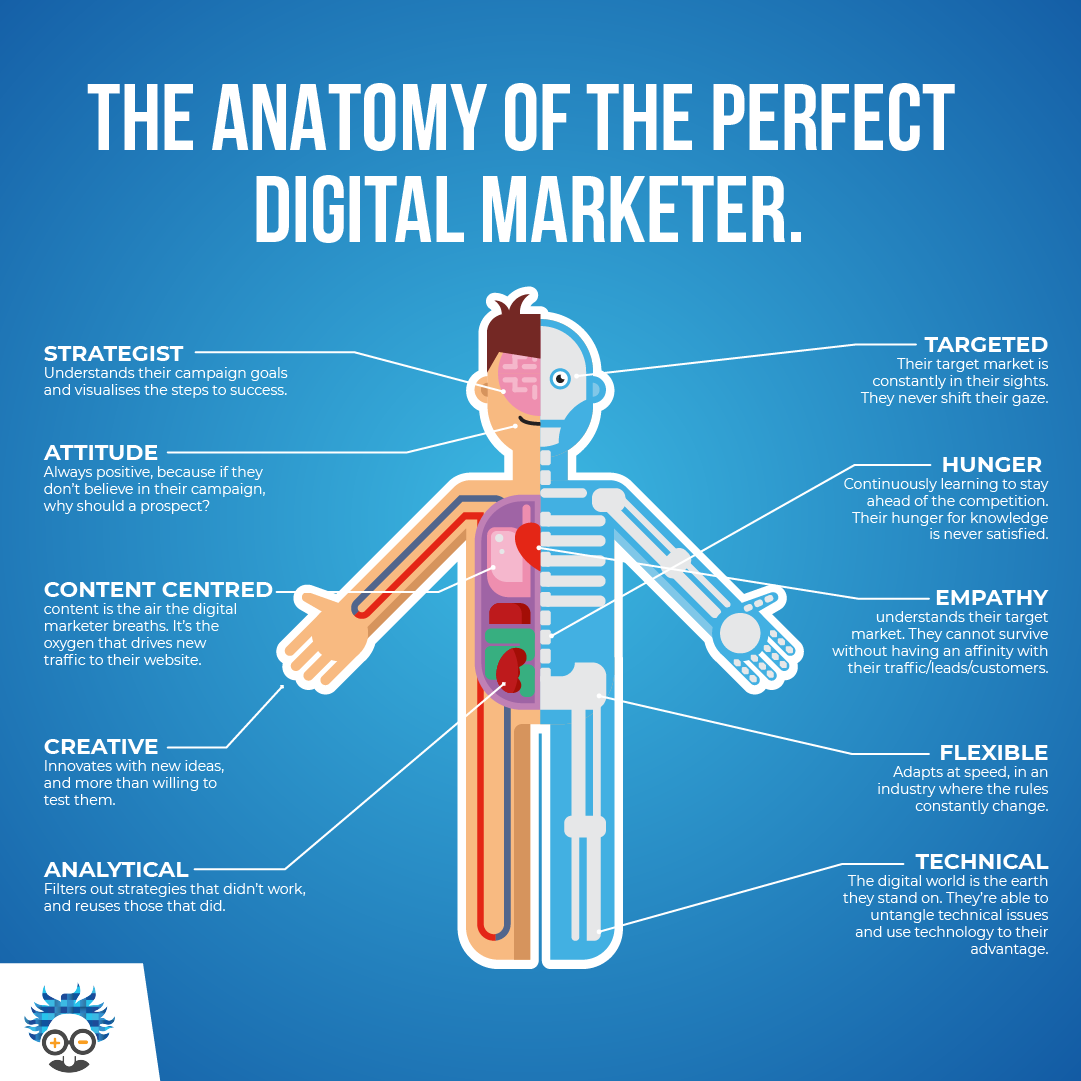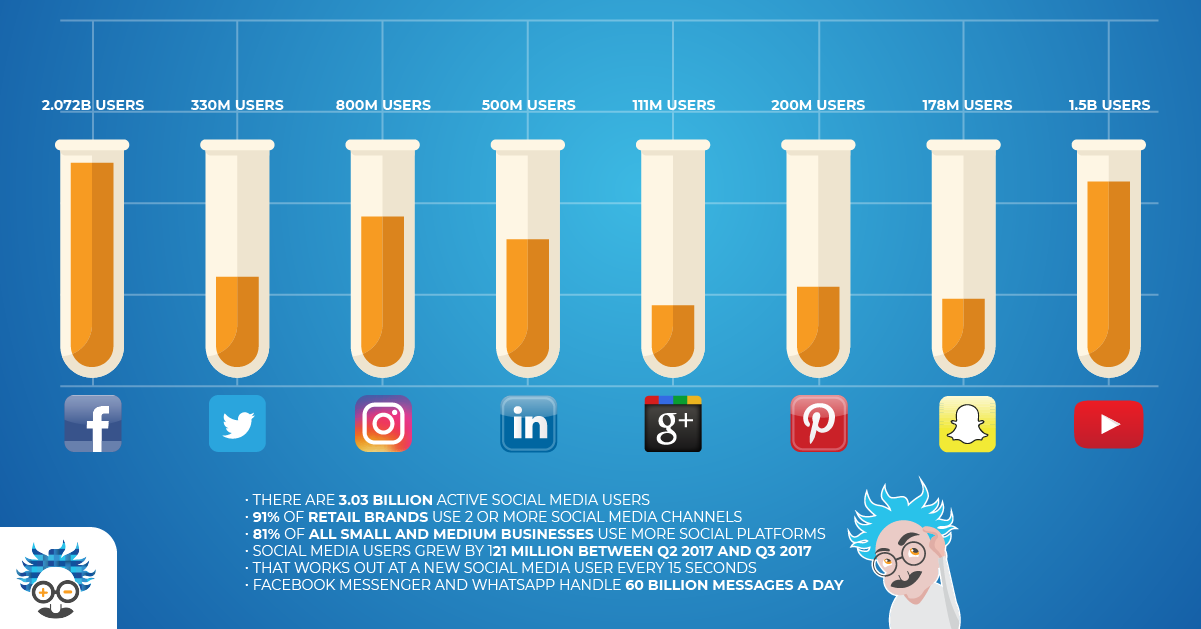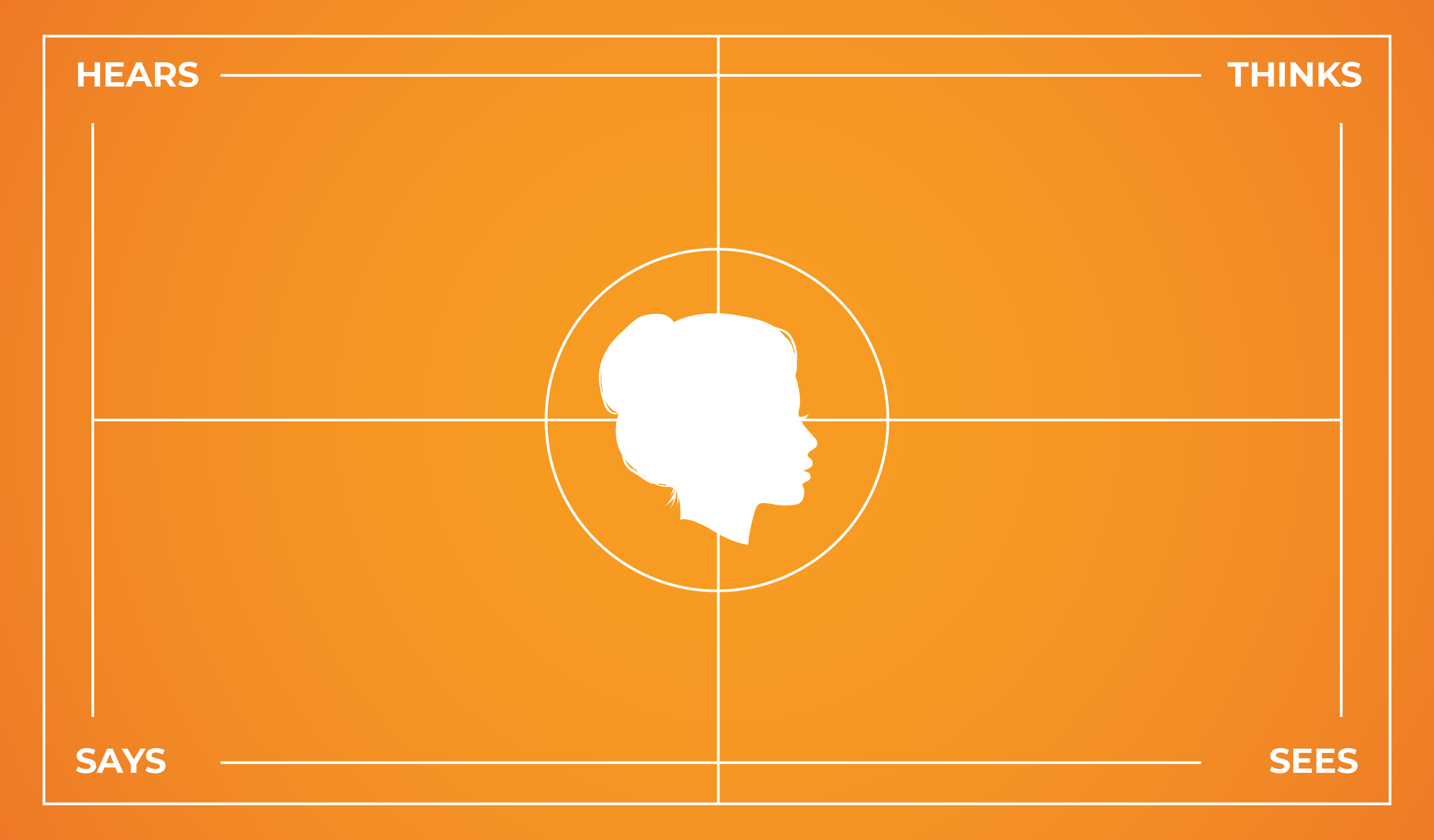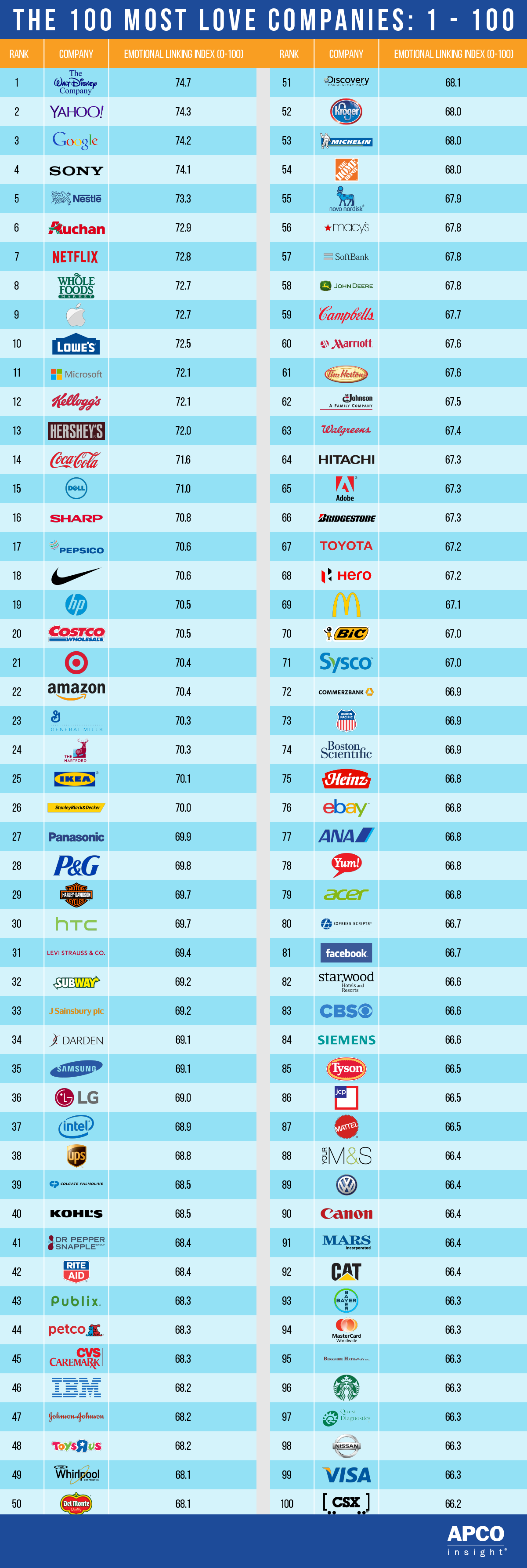Most of you are business owners, marketers, entrepreneurs, digital marketing supremos or growth hacking trialists…
…so, if I asked you, what’s the CTR on your latest campaign? Your highest converting CTA button colour and copy? The LV of your market? The CPC on your current ads? The conversion rate on your entry offer?
You could probably give me an answer immediately or within five minutes of digging.
I’m in this world too, and I could do exactly the same thing.
But, I’m more than just that, and so are you. We are all customers, every day of our lives. Even when a whole day goes by, that I don’t buy anything (this happens very rarely), I use water, electricity, pay for another day with a roof over my head…and so do you!
We’re all eternal customers, and the decisions that dictate our buying decisions are not entirely based on data, many are driven by emotion.

Let’s consider a recent buying decision I made (it’s the inspiration behind this blog).
My television broke. Kaput, dead.
So, I did what most of you would do…searched online for a new one.
I had a budget in mind, size, specifications, and brands that I trusted.
I found a few that I liked, whittled my shortlist down to 2 and searched all over the web for the best possible deal…
…but, I discovered that there wasn’t a huge price difference between those in high-street stores and those online. So, I went to check out the televisions in person and make an informed decision from there.
Both of the televisions were there. The salesman offered me a great deal on one of them and I was ready to buy, when…
…another television caught my eye.
This beast was 10 inches bigger, had a better picture quality, more smart features and a whole bunch of (acronym) terms that I couldn’t take my eye off…
…crazy thoughts began to rush through my mind, ‘maybe I could afford it if…’
‘I watch the television most evenings, I really should get the best one possible’
‘That television would make me happier than the other’
‘Why am I buying a Television that doesn’t have QLED technology?’
‘I could definitely afford that television if I made a few cutbacks…’
And before I knew it, all the research, the budget, specifications, all the things that I actually needed from a television became pointless.
And I bought it!
The next day, I came into work a whole heap poorer and wondered why I’d made that decision. The sales copy was no different, the graphics on the offer were no different, the television wasn’t featured more prominently than the others…
…it was something else, EMOTION.
The thought of making this purchase made me FEEL. It gave me pleasure, excitement and tons of anticipation. These perceptions forced me into a buying decision that shouldn’t have made any sense.
Data does not account for these decisions, even if you are an emotional robot.
(And please, don’t tell me you’ve never made a purchase like this before. We all have!)
This experience pushed me to our client list. I analysed every single stat available, in order to decide what separated the businesses who are doing really well, to those who are doing AMAZING.
And discovered something…
…what separates the GOOD from the GREAT are those businesses who have come to us able to tie DATA and CUSTOMER EMOTION together.
We’ve massively improved their marketing campaigns in all departments, but the businesses who already combine data and emotion to come to informed decisions, go to the NEXT LEVEL.
Think of it like this, why are Apple regarded as the best tech company in the world? Why does Facebook have more users than Twitter? Why is Amazon growing so fast?

These companies offer experiences, not products, that trigger the correct emotions at precise moments.
I’m not saying that businesses cannot become profitable purely by analysing and implementing data results. It’s quite the opposite. You can make lots of money by doing this…
…but, if you want to build a business that dominates your industry, you MUST combine emotion and data.
It’s easy to get caught up in the numbers because we live in such a short-term world. Everywhere I look, I see programs that promise to take me from beer belly to six pack in 6 weeks, from zero to millions in a month, from unknown nobody to celebrity superstar with the help of a few hashtags and social media posts…
…and when you get carried away with results and data, you forget that reality is actually nothing like that.
You win and you lose all the time, but either way, it doesn’t matter. The most important thing is consistency…
…the consistency to align data with the ever-changing needs of our customers.
We must constantly put ourselves in their shoes, separating ourselves from the NUMBERS, and think about what they want, analyse the trends and instead of jumping straight after the latest fad, think WHY?
And when we know the why, we can combine it with analytics to come to INDUSTRY-LEADING decisions that benefit our customers, not out CTR’s.
Am I Alone?
The comment sections will tell how many of you agree with these sentiments…
…but, this concept of EMOTION ahead of data is not new. In fact, it’s been preached by history’s greatest marketers time and time again.
I won’t take credit for the strategy, or the tactics involved, but perhaps, this blog might open some eyes to what it takes to LEVEL UP.
It’s easy to become blind to CUSTOMER EMOTION because we are drowned in numbers, analytics and split tests, that don’t take into account anything more than the quantitative.
But, it’s time (for some of you) to come up for air.
Here’s a touch of SOCIAL PROOF before we take a walk into your customers’ psyche:
‘I don’t know the rules of grammar…If you’re trying to persuade people to do something, or buy something, it seems to me you should use their language, the language they use every day, the language in which they think.’ –David Ogilvy
‘Our DNA is a consumer company- for that individual customer who’s voting thumbs up or thumbs down. That’s who we think about. And we think our job is take responsibility for the complete user experience. And if it’s not up to par, it’s our fault, plain and simply.’ –Steve Jobs
‘In business, the idea of measuring what you are doing, picking the measurements that count like customer satisfaction and performance…you thrive on that’ –Bill Gates
‘Everyone is not your customer’-Seth Godin
We the Customer, Must Remember That We Are STILL Customers

When was the last time you went through your online buying process?
Or lived with your product/service (not just tested it)?
Or did both (of the above) for competitors in your industry?
Or spoke to your customers, without asking for number ratings?
If the answer to all of these is recent, then you’re already ahead of the majority of your industry…
…because when you understand the emotional journey, everything else just falls into place.
For instance, if we were to take on a new client who sells running shoes, the first thing I’d do is go running. Not to test the shoes, but to understand the mentality and emotions of a runner. I’d want to know every step in their routine, every pain point, every thrill, anything that tells me more about their emotional journey, because then I’d relate to them, I’d understand.
You must do the same in your industry, especially if you’re out of touch with it!
And when you’ve done that, and you TRULY understand the different emotional stages at every point on your customers’ journey, create a cross-section of DIFFERENT customer personas.
For every business we see, no matter what industry they’re in, they’re always a few different types of customers, for example:
-The avid fan
-The mature consumer, who never says anything, but buys regularly
-The complainer
-The first-timer
-The big-spender
If you’re able to create CUSTOMER AVATARS for each and every different type of customer in your industry, correlate their journey’s, find the points that intersect and focus on the emotional decisions made at these points…
…and then cross-reference it with the necessary data…
…you’re going to outlast and outshine all the businesses around you, who only care about CTR, bounce rate and minor changes in their sales copy, because you’ll be leading, not following, and that’s the sweetest place to be.
5 Years Ago
Way back in 2013, APCO conducted a study to discover who the world’s most loved business was…
…and to find these results, they created something called an Emotional Linking Index. They refer to Emotional Linking as the ‘most reliable predictor of brand choice and loyalty’, rating it higher than product attributes or cognitive differentiation.
The results would (probably) be different in today’s market, but here are the Top 100 Brands who hit emotional triggers better than anybody else:

When analysing the results, it’s clear to see that industry DOES NOT MATTER in emotional linking.
There are companies specialising in tech, cars, retail, pets, babies, payment, television, fast food, furniture, computers, etc.
In other words, there is no point laying down a weak EXCUSE (about your industry having no emotional link) because the stats say you’re wrong.
When you also take into account the number of MASSIVE brands that have taken a nose-dive into bankruptcy and liquidation over the last five years, and the tiny percentage of those that appear in the 100 Most Loved Companies (Toy’s ‘R’ Us, is the only one I can spot), it’s clear to see a connection between long-term stability (and growth), and emotional linking.
If you are able to tread the line of your customer journey accurately and recognise emotional triggers, you will step clear of a digital world, slowly becoming polluted with repetitive content and short-term customer grabbing strategies.
I know I already dropped a few quotes in earlier (and I apologise for that), but I’ve saved my favourite until last:
‘The customer is not a moron. She’s your wife.’–David Ogilvy
…and with a slight twist, to fit this topic and become a little more politically correct…
‘The customer is not a number on a spreadsheet. They are your wife or husband.’
Who Wants to Be a Number? Not You
Don’t worry, I’m almost finished.
Before I go, I want to confess my love for numbers. If I find a new congregation spot for my audience or a HACK that will improve conversions or a new automation for discovering trends, I go wild for it…
…but, I know it’s not everything.
It is what it is, (usually) a computer program. And people don’t buy into computer programs, they buy into experiences, solutions, lifestyles, and all of those things are triggered by the EMOTIONS they experience whilst on their journey.
Just think of it like this, would you like a business to call you, ‘the 76% of people’ or the ‘3 in 8’, or the ‘64% who took the original 32% of split test A, with the Green CTA’?
I doubt it.
We are real people, not numbers on a spreadsheet. The businesses who have already figured this out and convey it to their customers, via their products, journey, offers and content already reign whilst everyone else aims for better stats.
Did you enjoy this blog? What do you think of emotional linking in marketing? Leave a comment or send us a message, and we’ll reply as soon as our social media manager has eaten four portions of Bolognese (with rice).
RELATED POSTS-
Customer Avatar: Hit Your Target Market
Empathy Map: Discover the Promised Land
- Author Details




